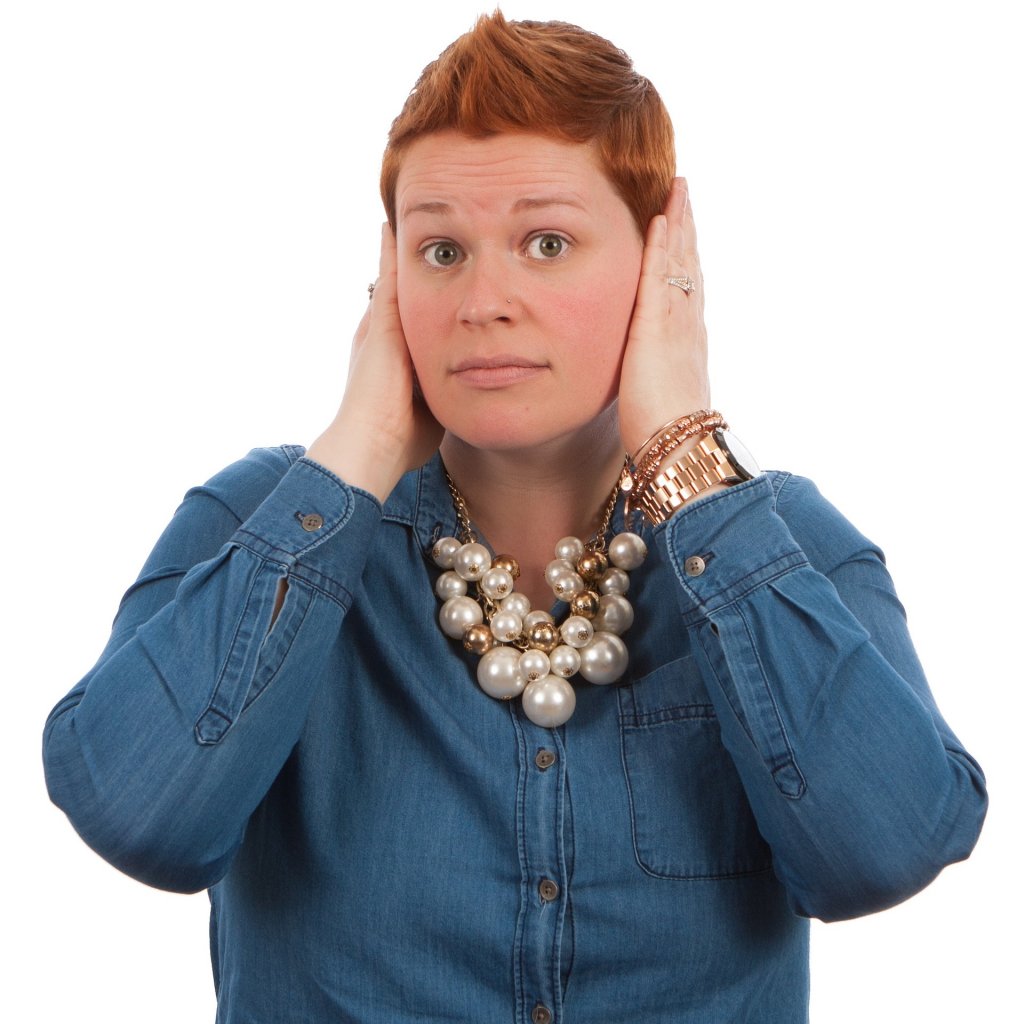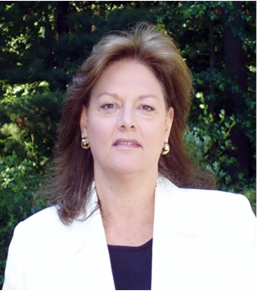You Call it CAPD, I Call it Synaptopathy: What’s a Clinician to Do with This Information?
Grand Central Station
Climb aboard as Dr. Kelly Tremblay joins Canadian Audiologist with her column, “Grand Central Station.” At heart Kelly describes herself as a clinician and educator. She remains a passionate Canadian who splits her time between Vancouver and Seattle. Grand Central Station” is aimed at connecting clinicians with science, acknowledging that this is sometimes a two-way return trip. Readers will be invited to submit their questions regarding a research topic/article and these questions will be responded to, based on published research.
What does the clinician do when a patient comes to their office, complaining of hearing difficulties, but there is no evidence of hearing loss according to pure tone thresholds? One approach is to tell the patient they have no evidence of hearing loss and send them home, but I am hoping conscientious clinicians will look beyond the audiogram and assist the patient with the problems they describe. After all, the use of hearing assistive technology in certain situations combined with listening strategies can help many.

At a deeper level; however, audiologists are left wondering what might be contributing to their patient’s problems. Over the years, hearing difficulties in the absence of audiometric hearing loss has been attributed to a number of disorders; including: Central Auditory Processing Disorders (CAPD), Obscure Auditory Dysfunction (OAD), King-Kopetzky syndrome (KKS), Idiopathic Discriminatory Dysfunction, Hidden Hearing Loss (HHL), and Auditory Neuropathy (AN). To make matters even more confusing, a recent study I published with colleagues revealed both auditory and nonauditory risk factors to be associated with self-reported hearing difficulties in the absence of audiometrically defined hearing loss. Some examples include an increased risk of depression, vision difficulties, as well as neuropathy symptoms (e.g., numbness, tingling, and loss of sensation in the extremities). Thus, some of the answers to the dilemma of understanding hearing difficulty in the presence of normal audiograms might fall outside the traditional scope of audiology.1 With that said, one risk factor that emerged as a risk factor for self-reported hearing difficulties in the absence of audiometric hearing loss was a history of noise exposure. This finding is probably not surprising to audiologists because the idea that excessive noise exposure resulting in hearing difficulties is an increasing area of interest that has been addressed in many journals and conference talks. Sometimes referred to as “Synapotopathy”, and/or “Hidden Hearing Loss”, this topic is a new and exciting area of research. One of the leading experts on this topic is Dr. Sharon Kujawa PhD and so I’ve invited her to share her wisdom with us. Dr. Kujawa is also an audiologist and can therefore understand the dilemma this topic poses for clinicians. Thus, what follows are her answers to questions posed by clinicians. Enjoy!

Sharon G. Kujawa, Ph.D. Harvard Medical School, Associate Professor of Otolaryngology, Massachusetts Eye and Ear, Director of Audiology Research, Senior Scientist, Eaton-Peabody Laboratories.
Question #1. We typically report to our patients that their audiometric pattern is consistent with a history of noise exposure, if there is an audiometric notch near 4K. What do you suggest we say to patients when there is no evidence of a notch but the patient does report a history of noise exposure? Have they safely been protecting their hearing?
Sharon Kujawa (SK) When you lose or permanently injure hair cells, you get permanent threshold elevations, for example the loss you just described after noise. But, recent work suggests that, long before we see this evidence of noise injury on the threshold audiogram, loss of the structures (synapses) that connect inner hair cells and afferent nerve fibers is well under way. Synaptic loss begins at noise ‘doses’ well below those required to permanently elevate thresholds or kill hair cells. Although this synaptopathy has little effect on thresholds established in quiet, it likely contributes to speech-in-noise difficulties that can occur with or without pure tone threshold loss.
Question #2 Do you think your research might someday change the current Occupational Noise Limits enforced in the work place?
SK: I think we still have lots to learn about how this injury is expressed in humans. However, noise-induced loss of cochlear synapses has been demonstrated for a wide range of TTS- and PTS-producing exposures, in every animal model studied so far. I see no reason to suspect that humans will dodge this bullet. Will the details of the exposure required to produce the injury (for example, how loud, how long) be different from those described so far in the animal models? That will almost certainly be the case.
These are early days, but I do believe that we know enough to be concerned, to be prudent and to consider shortcomings in our current approaches. We know that synapses can be lost even when thresholds recover, so exposure standards that describe noise risk on the basis of threshold shifts are no longer adequate. In fact, we know that our gold-standard tests for identifying noise injury are insensitive to the synaptic losses until they are massive (greater than 80%). If our hearing conservation goals include prevention and early identification to preserve function, our approaches are missing the mark and will require modification.
Question #3 Do scientists know how synaptopathy affects the transmission of sound beyond the 8th nerve? Are higher brain regions affected?
SK: There is a large literature that documents changes central to the cochlear nerve after peripheral insult. With regard to synaptopathy in particular, when noise kills a synapse, it immediately and permanently interrupts communication between the inner hair cell and its cochlear nerve fiber. Synaptic losses after noise commonly approach 50%; it is pretty reasonable to suspect that such loss would have significant perceptual consequences. Although the insult begins with cochlear damage, there is growing evidence that fundamental changes in central processing also result. This is an area of active research in a number of laboratories throughout the world.
Reference
1. Tremblay KL, Pinto A, Fischer ME, et al. self-reported hearing difficulties among adults with normal audiograms: the beaver dam offspring study. Ear Hear. 2015 Nov-Dec;36(6):e290-9. doi: 10.1097/AUD.0000000000000195.

